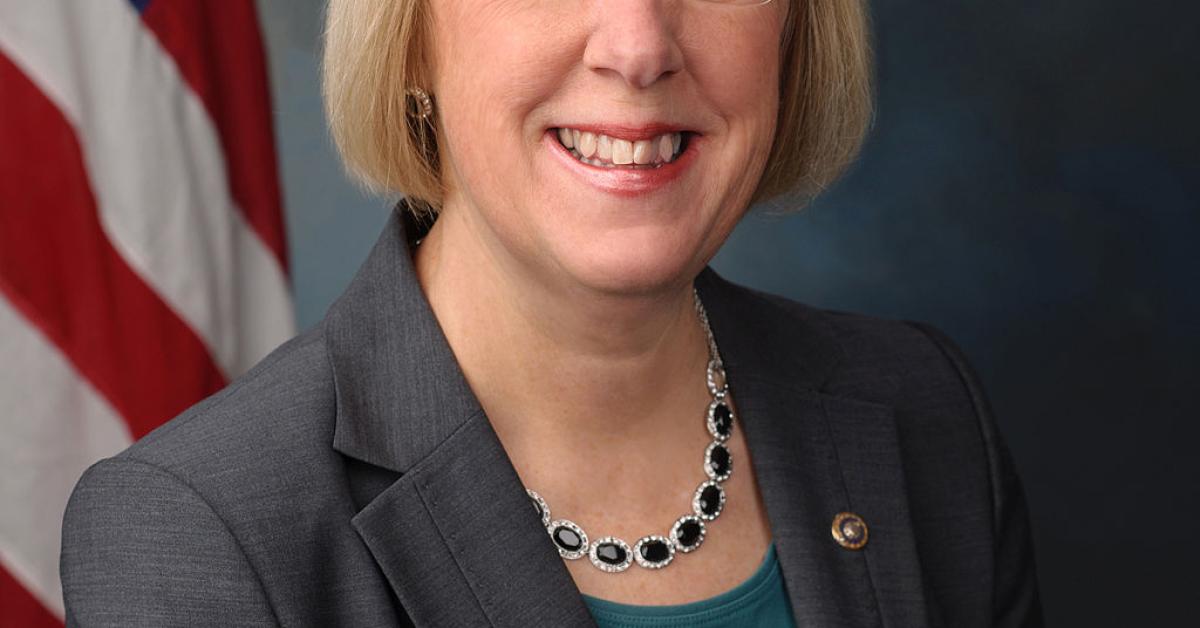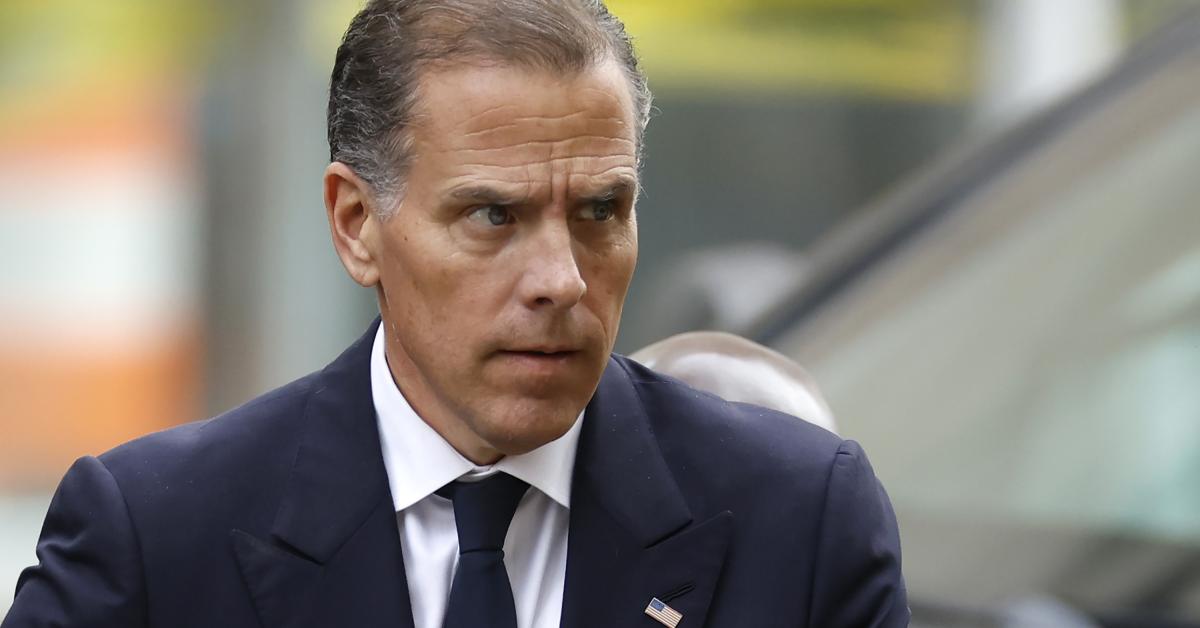U.S. Senator Patty Murray from Washington is voicing her concerns over a $500 million cut, saying it unfairly favors Republican-led states. The U.S. Army Corps of Engineers recently rolled out plans on how to spend funds dispatched by Congress under a temporary measure from March. House Democrats have pointed out that this resolution slashed the Corps’ civil works budget by a hefty $1.4 billion.
Typically, Congress directs federal agencies on how to use taxpayer dollars, but this time they’ve given the administration the reins. Republicans offered to distribute the funds equally between red and blue states, yet Murray describes the result as “completely lopsided.” She urged her colleagues to take notice, warning it might be their state next if they oppose President Trump’s policies.
In the proposed plan, Republican states are set to receive an additional $258 million, while $437 million worth of projects are redirected from Democrat-led states. Of the total budget cuts, $500 million would have gone to Washington, with another $100 million intended for California. Instead of a fair split, Murray claims just a third of the civil works funds will go to Democratic states like hers.
In Washington, this means shelving a fish passage project at the Howard Hanson Dam, initially scheduled to begin next year. This dam plays a crucial role in protecting the Green River Valley, which has experienced flooding over 30 times in the past seven decades. The U.S. Fish & Wildlife Service notes that fish passage projects can mitigate flood risks and enhance water quality.
Senator Maria Cantwell, also from Washington, emphasized the dam’s importance in safeguarding the Kent industrial park, a key player in the aerospace sector. The dam averted approximately $4.6 billion in damages back in 2009. Cantwell stressed the economic risks of neglecting necessary improvements to the Howard Hanson Dam.
Robyn Colosimo, acting principal deputy assistant secretary of the Army, refuted claims of bias towards Republican states. Addressing a congressional committee, she explained the administration faced tough decisions to prioritize projects that bolster “life, safety, flooding, and American prosperity.” Colosimo described the situation as challenging, given the funding constraints.
When questioned by U.S. Rep. Mike Levin from California about whether projects in Democratic states also meet these priorities, Colosimo stated it wasn’t her decision to make. She emphasized that the administration had to make difficult trade-offs. Colosimo maintained that, from her perspective, the decisions weren’t partisan.
During a press conference, Murray criticized Colosimo’s explanations, calling them unsatisfactory and unconvincing. Alongside Cantwell and senators from California, she urged fellow lawmakers to speak against what they perceive as biased funding cuts by the Trump administration. They argue that these decisions undermine vital projects in their states.
The debate underscores a larger conversation about how federal funds should be allocated. With Democrats arguing for fairness and Republicans backing the current plan, the issue remains contentious. The political tug-of-war reflects broader ideological differences about governmental priorities.
As the discussion unfolds, states like Washington and California are left grappling with the implications of reduced funding. The potential impact on infrastructure and local economies is significant. For now, the debate continues, and both sides remain firm in their positions.
This situation is a reminder of the complex nature of federal funding and the politics that often accompany it. How these funds are allocated can have real-world implications for communities nationwide. It’s a testament to the importance of vigilant oversight and advocacy in the political arena.
The controversy also highlights the challenges of balancing fiscal responsibility with equitable distribution of resources. As lawmakers navigate these waters, their decisions will shape the landscape of civil works projects across the country. The outcome of this debate could set a precedent for future funding allocations.
As it stands, Murray and her allies are determined to challenge what they see as an unfair distribution. Their efforts are part of a broader push to ensure that all states receive their fair share of federal support. The conversation is far from over, and its resolution will likely have lasting effects on the nation’s infrastructure development.



